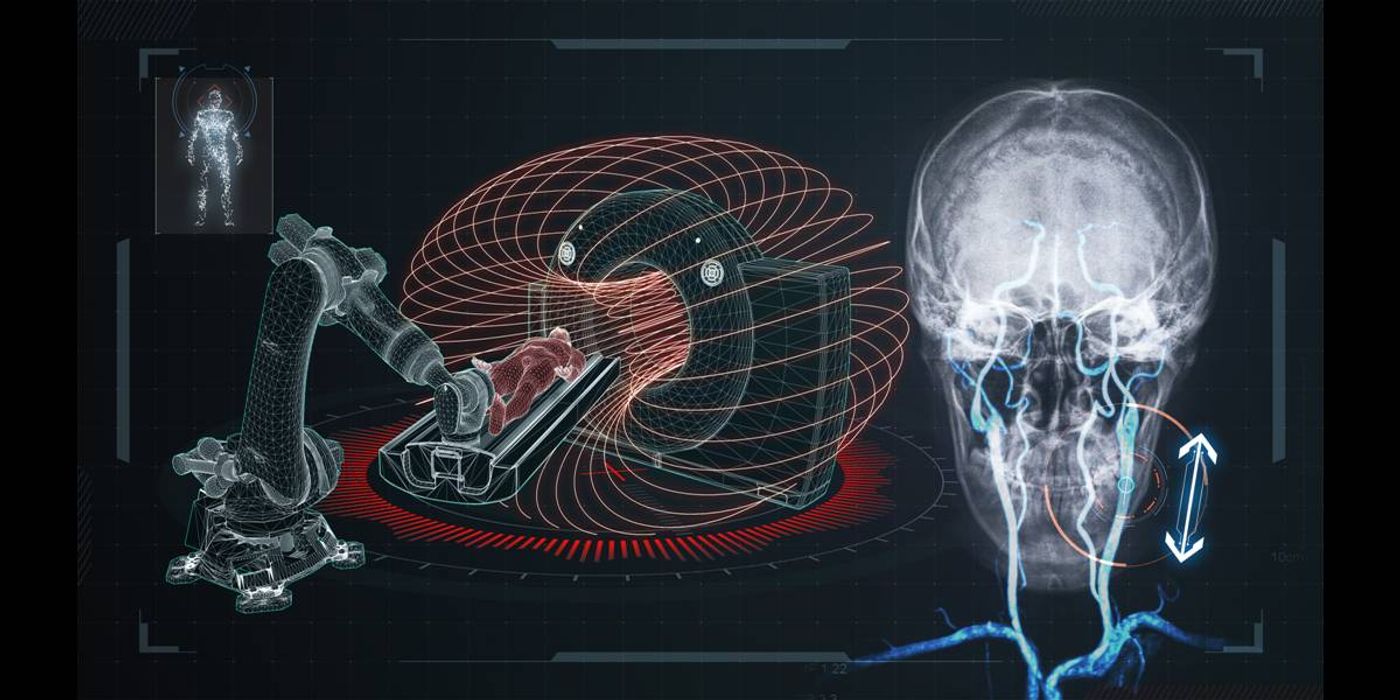Magnetic Field-guided Tethered-probe Can Navigate Complex Vascular Networks
Deep vascular structures such as carotid artery and its branches pose a challenge for diagnosis and treatment, because they are buried underneath layers of tissues and have numerous fine divisions
According to a recent publication, scientists at Polytechnique Montréal (Montreal, Canada) have come up with a new navigation technique that allows better access to these vascular networks, using an MRI scanner and a tethered microprobe.
LabRoots reached out to Dr. Sylvain Martel, Full Professor of Computer and Software Engineering and the director of Polytechnique Montréal's Nanorobotics Laboratory, to discuss their latest research.
The technique pioneered by the Canadian group is called fringe field navigation (FFN), which utilizes a curious portion of the magnetic field generated by a clinical MRI system, located at the entrance of the scanner's tunnel.
"In the past, we used the magnetic fields inside the MRI scanner to navigate objects in the blood vessels and thought that it would be interesting to see what could be done with the external field emanating from the MRI scanner known as the fringe field," Martel talked about the rationale behind the development of the FFN technique.
What is so special about the fringe magnetic field compared to the magnetic field inside the scanner's tunnel, as you may wonder.
"A hammer is good for nails, but a screw diver is better for screws but not for nails, both are good but depend on what you want to do," Martel used a metaphor to describe the specificity of their fringe field-guided navigation technique.
"We used the (regular) magnetic fields inside the clinical MRI scanner, which provide high very high magnetic field strength and fast directional changes of the magnetic gradients," explained Martel. "FFN has the highest magnetic gradient (meaning difference in the magnetic field strength over distance), which is ideal for pulling tethered miniature instruments further along tortuous vessels in the human body."
"In other words, FFN has the perfect characteristics for navigating miniature instruments but not untethered micro- or nanorobots."
The FFN technique developed by Martel and his team provides a desirable solution for doctors who need to apply interventions to deep endovascular structures. Currently, physicians use miniaturized catheter guidewires in order to reach these hard-to-access physiological locations. But as the probes get smaller, they become less stiff and more likely to bend, which results in poorer steerability.
Their innovative approach can help doctors get access to deeper vasculature that's otherwise off-limit with a pushing force alone. The high-gradient magnetic field can exert a gentle pulling force on the spring-tipped microprobe to cause it to change directions as needed.
The NanoRobotics Laboratory, led by Martel since its establishment, have an impressive track record in creating microscopic robots for medical interventions. For almost two decades, Professor Martel and his team have developed a variety of microscopic robots that are guided through the vascular networks for delivering drugs to targeted areas.
Le Voyage fantastique du Professeur Sylvain Martel (Credit: PolyMtl; Video in French with English Subtitles)
"FFN, like other approaches and techniques that were invented in our laboratory, has advantages and disadvantages and therefore better suited for specific types of interventions and regions in the human body," Martel commented on how their current work fits in the master plan of his research.
"As such, we are developing a library of various approaches allowing a wider range of interventions in all parts of the human body similar to developing a tools box with different tools to allow someone to perform more different tasks more efficiently, " he further explained.
The researchers hope that their FFN approach may one day find its way in many catheter-based medical applications, and potentially lead to significant improvement in treatment and diagnostic outcomes in patients.
This latest invent is reported in the journal Science Robotics.
Source: Physics World









